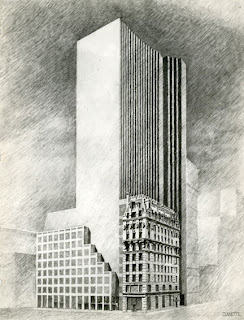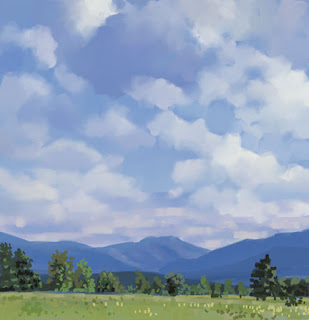My server is on the blink, blocking access to something I
was working on. So I thought I’d dump
some desktop images into the blog for fun.
I have occasionally tried drawing or painting portraits, but being shy,
I have usually based any work on photographs.
This allows me to work on my own schedule, and be as relaxed and boring
as I want. Self portraits are perfect
since the subject is just as shy and boring as I am, eliminating any embarrassment
to all concerned. Also the subject is
docile and follows instructions perfectly (and never needs a break until I
do). Smells like teen… whatever.
Normally I would drone on about technique, color and
composition, not to mention the need to draw, draw, draw. But this is for fun, so a line or two will
do.
Ink, Xerox & watercolor.
My hair was never that red.
… and this is your self portrait on drugs. So sad.
First attempt at a real oil portrait. Thought it was genius at the time, now not so
much.
Oil from a photo…
blood from a stone.
No, I didn’t over do it in the tanning solon; it’s just the
lighting. Oh, well…
First chance to try out my Wacom tablet.
Watercolor from a photo.
Overworked as usual.
Isn’t that one of the henchmen in a Bond flick?
The tour guide from hell.
Pensive?
Meditating? Or, dozing off?
Another Wacom job.
Not bad… for an architect.
That is sunburn on the nose, not a drinking problem.
A fascination with metal and glass; the hobgoblin of all
architects.
The Dutch shipwright… or some such fantasy.
This makes me think 19th century. Maybe Civil War pencil pusher.
Battle of the bulge was the afterthought on this one.
A failed attempt at edge lighting.
All palette knife.
Silly technique if you ask me.
A recent pencil sketch for an upcoming foray into the wild
world of…
SELF PORTRAITSTAAAANNNNNN




































